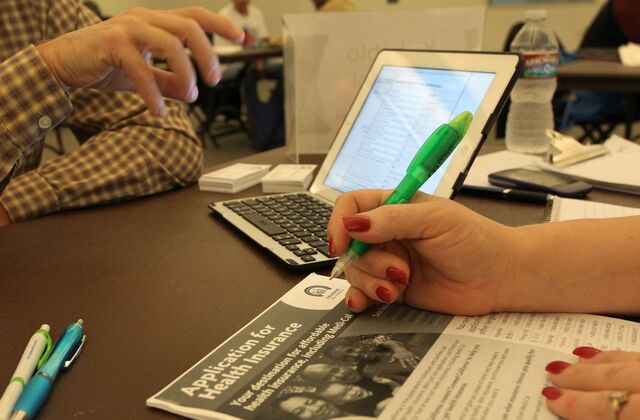Fact: commercial waterslides for pools are designed to provide an exhilarating experience for guests, but they also require a complex blend of science, technology, and engineering to ensure safety and durability. This is where advanced engineering and design principles come into play.
The critical part of the process of designing a waterslide is to assess the pool and the surrounding environment. The team of engineers must analyze the size, shape, and layout of the pool, as well as the pool’s water source and circulation system. Additionally, they must consider the location of the waterslide within the pool area, taking into account factors such as available space, traffic patterns, and sightlines.
The first step in designing a commercial waterslide is to identify the intended ridership capacity, target audience, and desired ride experience. Engineers take into account factors such as height, weight, swimming ability, and age of the riders, as well as the speed, length, and number of twists and turns that are desired. Based on these factors, a layout is created that is both exciting and safe for riders, incorporating supports and structures to ensure stability and balance.
Designing a waterslide also requires a deep understanding of materials science and engineering. Advanced materials and construction techniques are employed in the creation of waterslides, including a process of molding fiberglass into the desired shape, coating it with a gel coat, and using a curing process to harden the material. This ensures that the slide’s surface is both smooth and durable, providing an exhilarating ride experience for guests.
Water flow and drainage systems are also a crucial element of commercial waterslide design. Engineers create complex systems that distribute water evenly across the slide’s surface, optimizing the rider’s experience while minimizing the risk of injury. These systems incorporate jets, pumps, and water sources to create the right amount of flow and pressure for a safe and exhilarating ride.
The fluid dynamics of a waterslide are also an essential factor in its design. Engineers carefully calculate the angles and dimensions of each slide component to ensure that riders can safely navigate the slide’s twists and turns. The speed and flow of the water must also be carefully calibrated to provide an optimal ride experience for guests.
Testing and quality control are critical components of commercial waterslide design and engineering. Before any waterslide is opened to the public, it must undergo rigorous testing to ensure it meets industry standards for safety and reliability. A wide range of tests are conducted, including durability, function, and ride experience, to ensure that the waterslide is of the highest quality.
In addition to safety and durability, aesthetics are also an important consideration in commercial waterslide design. Waterslides can be customized to match a variety of themes, colors, and architectural styles, providing a unique and memorable experience for guests.
In conclusion, the science behind commercial waterslides for pools is complex and requires a deep understanding of engineering, materials science, fluid dynamics, and aesthetics. At Vortex International, we have the expertise and experience to create waterslides that are both thrilling and safe, incorporating advanced engineering and design principles to achieve these goals. With high-quality materials, optimal water flow and drainage, and rigorous testing and quality control, our commercial waterslides provide an exceptional experience for guests.
Related Posts




